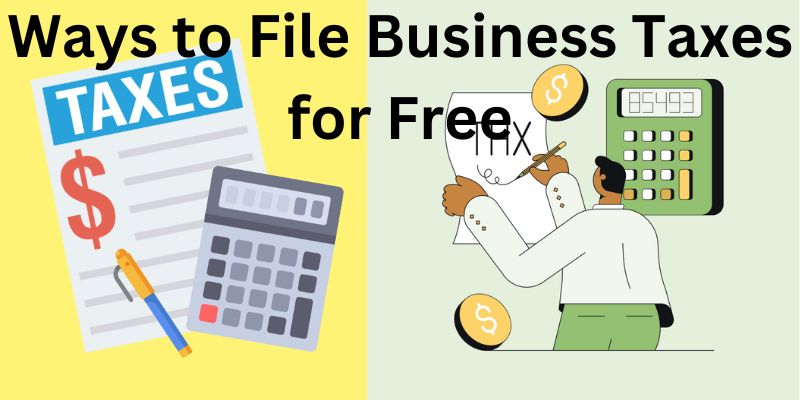If you operate a business, you know there are many tax breaks you may take advantage of. The ability to offset earnings with tax-deductible expenditures is the most significant. Did you realize that depreciation is also a tax write-off? Indeed, it is the case! Capital Cost Allowance is the abbreviation for this deduction.
Business buildings, vehicles, and equipment are all examples of depreciable assets since they deteriorate over time. The term "depreciation" is used to describe this for bookkeeping reasons. Yet, a tax break can be taken advantage of for the same thing. Keep reading to get the lowdown on Canada's CCA program.
What's Depreciable Property?

Every asset written down over time should be considered depreciable for financial and tax purposes. Vehicles, buildings, computers, furniture, equipment, and software are all instances of depreciable property. In addition, the single proprietorship, partnership, or corporation must use the depreciable property for commercial purposes.
Neither your home nor your car is eligible for CCA. The property should be put to some productive use. Unimproved land is not a depreciable asset. A property owner cannot depreciate the land, but improvements made to it can. This is because land values often rise over time rather than fall.
The factory's land cannot be depreciated, but the structure and any machinery or systems inside it may. This necessitates a split in the accounting and tax records between the land's value and the depreciable assets' value.
Choosing Between CCA And Depreciation
CCA and depreciation are closely related but distinct concepts—the difference between depreciation and the capital cost allowance for tax purposes. Depreciation is the accounting term equivalent to CCA.
The CRA regulates CCA deductions, primarily through CRA CCA seminars. According to the regulations, you can only deduct a particular sum. When calculating depreciation, accountants periodically assess an asset's useful life and subtract that number from its current value.
Depreciation accounts for a diminishing asset value in a company's financial statements. In addition, Canadian accountants can choose from a wide variety of depreciation techniques. They get to use their judgment to decide which option is best.
What Is The Un depreciated Cost of Capital?

UCC is an abbreviation you might see, but what exactly does it stand for in the world of taxation? The portion of an asset's value that has yet to be written down via depreciation is known as its Un depreciated Capital Cost. To put it another way, CCA is computed based on the opening balance from the start of the accounting year.
Some Exceptions
How does CCA work with a half-year rule? Fantastic inquiry! Nevertheless, only 50% of the applicable CCA can be deducted in the year of acquisition. The 50% Rule refers to this period, which is halfway through a year.
The "available for use" rule describes situations when resources are readily accessible. According to this law, CCA may only be claimed after the asset is used. Imagine you've just purchased a building that needs extensive renovations before you can move in. It would be out of commission until the remodeling was completed.
The recapture or terminal loss will be recorded in the year of the asset's sale. Gain and loss are referred to in CCA taxation. Recapture is a taxable revenue that arises when an item is sold for more than initially purchased.
Allowances for Capital Expenditures
The Canada Revenue Agency specifies at least 19 groups of yearly rates at which CCA can be claimed, each of which varies based on the type of asset being claimed. Depending on the date of purchase and the quality of the building materials, real estate has a rate as low as 4%.
High CCA rates, often between 30% and 50%, are applied to quickly depreciating assets such as computers, systems software, and automobiles. In the first year, an item is eligible for CCA; its entire value can be claimed if it falls into a specific category, such as certain types of equipment, work uniforms, and computer software.
Nevertheless, the maximum amount spent on an item in many groups is strictly capped at a certain amount. For instance, the 100%, full-year rule applies to medical or dental tools if they cost less than $500 but more than zero dollars, zero cents. The amount that can be deducted for various assets varies on the year they were acquired.
Considerations
A company can claim any amount of CCA between zero and the maximum allowed in any given year. If your total exceeds the annual cap, the excess will roll over into the following year. Disputes with the Canada Revenue Agency can be resolved in various ways because of the Supreme Court of Canada's precedent-setting leniency, making the CCA a valuable tax reduction tool. When the claimed property was kept for a short time, it has authorized deductions.



